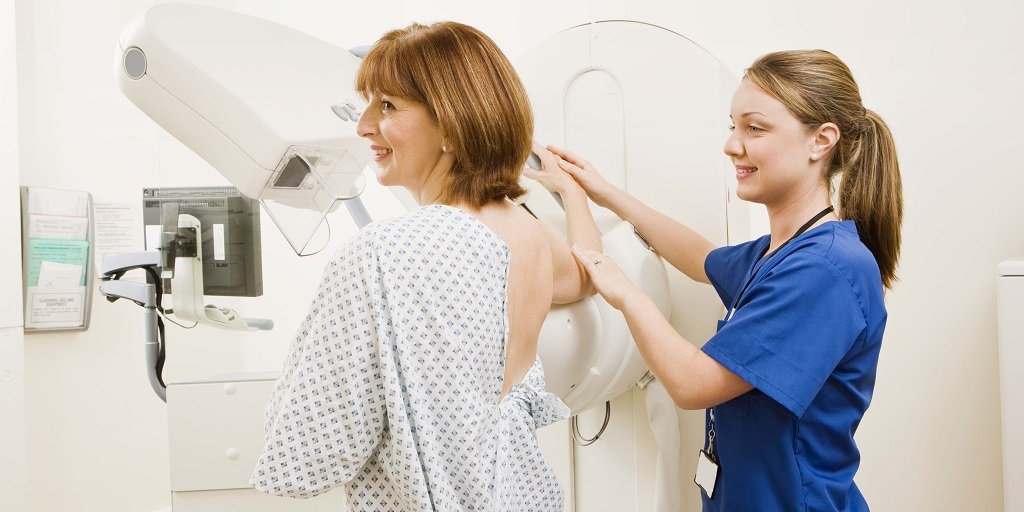Cancer is a heterogenous term that in certain cases represents a serious diagnosis with significant implications for both the length and the quality of life. In other cases, cancer can represent something rather benign that is discovered only because of technological advancement (e.g., bloodwork and imaging) and never would have caused real problems in a person’s lifespan.
Among all medical interventions, screening is unique because it targets individuals without symptoms. Cancer screening is particularly interesting because, unlike in routinely screened diseases (e.g., HIV, hypertension, and diabetes), there is a much greater risk for doing harm. These include false alarms, overdiagnosis, overtreatment, and the economic and psychological sequelae of these events. In the simplest terms, cancer screening can turn a person into a patient. Therefore, the decision to screen for cancer is complex and warrants the careful consideration of both benefits and harms by each individual.
The potential for harm is substantiated in our society, where fear of cancer among healthy individuals is pervasive and the benefits of screening misunderstood (1, 2). In one survey study, a diverse sample of otherwise-healthy 50-year-old women overestimated their 10-year risk for dying from breast cancer by over 30-fold (16% vs. 0.5%) and the number of breast cancer deaths that screening mammography would prevent by a factor of 80 (2).
Recently in Annals, Kamineni and colleagues explored the reporting of harms in cancer screening guidelines across the organ systems for which cancer screening is recommended or considered (breast, colorectum, lung, cervix, and prostate) (3).
The authors found that harms are reported neither as frequently nor as scientifically as benefits in guidelines. Although some guidelines (e.g., breast and prostate) did a decent job of mentioning various harms, significant deficits were observed across every cancer type when it came to quantifying harm risk.
These findings are important because it is known that providers inadequately discuss harms with individuals who are making cancer screening decisions (4). This may be in part because harms are not presented alongside benefits using comparable language. In their study, Kamineni and colleagues showed that more nuanced harms (e.g., the psychological sequalae of overdiagnosis) are discussed only conceptually or qualitatively—if discussed at all.
Quantifying harms to mirror the reporting of benefits (such as risk per 1000 persons screened) is an arduous task but ought to be a central component of screening research agendas moving forward. One study of breast cancer screening demonstrated that if one thousand 50-year-old women are screened annually for a decade, 1 or 2 will avoid a breast cancer death while 490 to 670 will have at least one false alarm, 70 to 100 will be biopsied to prove they don’t have cancer, and 3 to 14 will be overdiagnosed and unnecessarily treated (5). These results are included to illustrate a concept, but they overestimate harms because they were derived during a period when annual mammography was the common practice in the United States.
Tolerance for various types of harm differs across individuals. For example, I care for a 65-year-old recently retired woman who is looking forward to finally being able to travel. She has fortunately been quite healthy but has high levels of anxiety when it comes to medical testing results (e.g., a low-normal potassium level). In deciding whether to undergo breast cancer screening, she should be counseled on the probability of a false alarm or overdiagnosed lesion—either of which could provoke her anxiety and significantly affect her quality of life—being much larger than the probability of preventing death from breast cancer within the decade (5).
Although cancer screening can prevent a small number of cancer-specific deaths, it carries with it the risk for negatively impacting the lives of healthy people. Kamineni and colleagues showed that these negative effects are inadequately measured and reported in screening guidelines; moving forward, the harms of cancer screening deserve a greater collective scientific focus. Each individual's decision to undergo cancer screening is personal and ought to be informed by their physician in a balanced manner, in the context of their life, values, and tolerance for harm.
References
- Vrinten C, McGregor LM, Heinrich M, et al. What do people fear about cancer? A systematic review and meta-synthesis of cancer fears in the general population. Psychooncology. 2017;26:1070-1079. [PMID: 27643482] doi:10.1002/pon.4287
- Domenighetti G, D'Avanzo B, Egger M, et al. Women's perception of the benefits of mammography screening: population-based survey in four countries. Int J Epidemiol. 2003;32:816-21. [PMID: 14559757]
- Kamineni A, Doria-Rose VP, Chubak J, et al. Evaluation of harms reporting in U.S. cancer screening guidelines. Ann Intern Med. 2022. [PMID: 36162112] doi:10.7326/M22-1139
- Hoffman RM, Elmore JG, Fairfield KM, et al. Lack of shared decision making in cancer screening discussions: results from a national survey. Am J Prev Med. 2014;47:251-9. [PMID: 24923862] doi:10.1016/j.amepre.2014.04.011
- Welch HG, Passow HJ. Quantifying the benefits and harms of screening mammography. JAMA Intern Med. 2014;174:448-54. [PMID: 24380095] doi:10.1001/jamainternmed.2013.13635





No comments:
Post a Comment
By commenting on this site, you agree to the Terms & Conditions of Use.